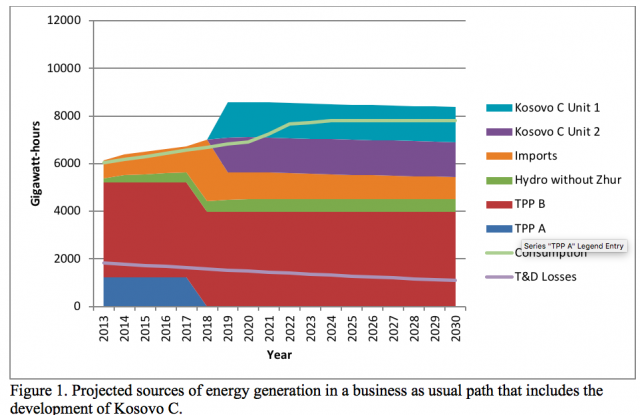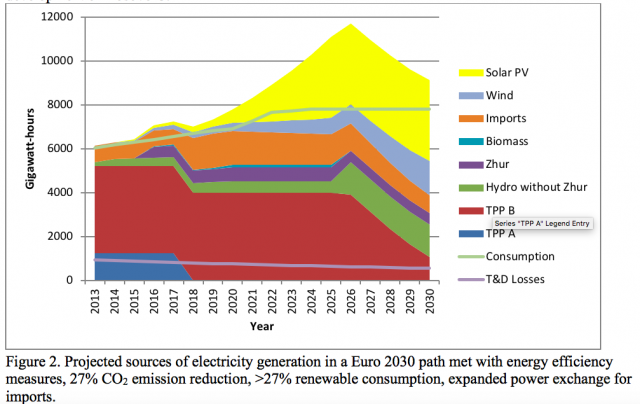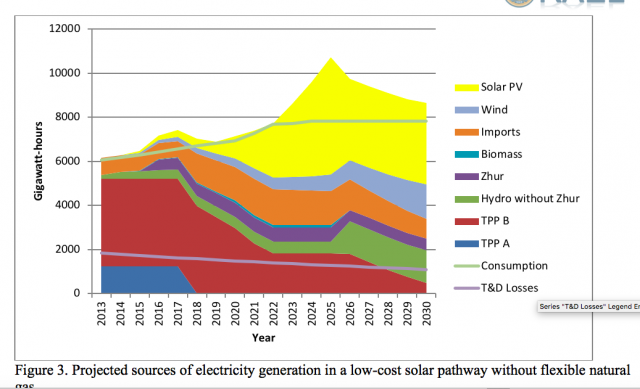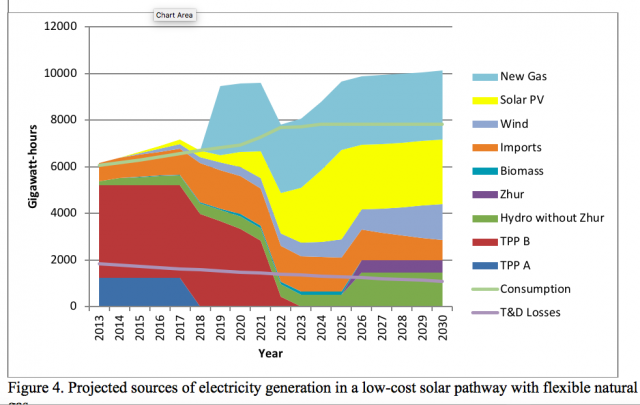NEWS Press release: Trace Metal Content of Coal Exacerbates Air-Pollution-Related Health Risks: The Case of Lignite Coal in Kosovo
New Study Challenges Health Impacts of ‘Clean Coal’ Technologies
Berkeley, CA, February 26, 2018 – A research team from the UC Berkeley Center for Green Chemistry and the UC Berkeley Renewable and Appropriate Energy Laboratory found that lignite coal used to produce electricity in the Balkan country of Kosovo contains higher levels of arsenic, chromium, and nickel compared to other types of coal found worldwide, which could exacerbate premature deaths from air pollution arising from coal combustion.
A new study published in Environmental Science and Technology finds that the trace metal content of lignite coal varies geographically and can contain toxic trace metals that appear in particulate matter emitted from coal plants. The study challenges the concept of so-called “clean coal” technologies.
The study found that up to 2,300 premature deaths in Kosovo could be avoided by by switching from the use of coal power plants to renewable energy alternatives. This is primarily due to mitigating particulate matter emissions from existing coal plants, and this finding could have an impact on plans to build another new coal-fired power plant in Kosovo.
As multi-lateral international development banks, such as the World Bank, seek to provide loan guarantees for new energy projects, the study says banks should additionally consider public health criteria in their investment frameworks before making loan decisions.
Coupled with the Berkeley researchers’ previous findings in a study appearing in Environmental Research Letters that the coal-based path is the most expensive cost option to pursue for a future reliable electricity grid, the new study shows that choosing coal power also exacerbates public health in the form of premature deaths and respiratory illness.
The new study highlights the presence of toxic trace metals in certain lignite coals globally. Additionally, the researchers see the need for future research to understand the chemical composition of particulate matter emissions from the combustion of various types of coal, as low-rank coals—such as the abundant lignite coal readily available in Kosovo—may pose more serious human and environmental health risks than bituminous or anthracite.
Notably, the study proposes the importance of researching the effects of advanced pollution control techniques, including selective catalytic reduction, fabric filters, flue gas desulphurization units, and electrostatic precipitators. While investments in these technologies may reduce nitrogen oxides and sulfur emissions, they may fail to address toxic trace metal presence inherent in the pre-combusted coal.
Taken together, the results demonstrate that future investments in energy efficiency and renewable energy are critical to ensuring a sustainable energy transition in Kosovo. Since what happens in Kosovo may impact the fate of other countries seeking loans for new projects—such as Mongolia, Pakistan, and Vietnam—countries using lignite coal should take note.
Investments in solar electricity could not only save 200–300 million Euros in capital costs but also prevent 2300 premature deaths and over one million hospital admissions (more than 2/3 the population of Kosovo) during the next decade.
New Study Challenges Health Impacts of ‘Clean Coal’ Technologies
Berkeley, CA, February 26, 2018 – A research team from the UC Berkeley Center for Green Chemistry and the UC Berkeley Renewable and Appropriate Energy Laboratory found that lignite coal used to produce electricity in the Balkan country of Kosovo contains higher levels of arsenic, chromium, and nickel compared to other types of coal found worldwide, which could exacerbate premature deaths from air pollution arising from coal combustion.
A new study published in Environmental Science and Technology finds that the trace metal content of lignite coal varies geographically and can contain toxic trace metals that appear in particulate matter emitted from coal plants. The study challenges the concept of so-called “clean coal” technologies.
The study found that up to 2,300 premature deaths in Kosovo could be avoided by by switching from the use of coal power plants to renewable energy alternatives. This is primarily due to mitigating particulate matter emissions from existing coal plants, and this finding could have an impact on plans to build another new coal-fired power plant in Kosovo.
As multi-lateral international development banks, such as the World Bank, seek to provide loan guarantees for new energy projects, the study says banks should additionally consider public health criteria in their investment frameworks before making loan decisions.
Coupled with the Berkeley researchers’ previous findings in a study appearing in Environmental Research Letters that the coal-based path is the most expensive cost option to pursue for a future reliable electricity grid, the new study shows that choosing coal power also exacerbates public health in the form of premature deaths and respiratory illness.
The new study highlights the presence of toxic trace metals in certain lignite coals globally. Additionally, the researchers see the need for future research to understand the chemical composition of particulate matter emissions from the combustion of various types of coal, as low-rank coals—such as the abundant lignite coal readily available in Kosovo—may pose more serious human and environmental health risks than bituminous or anthracite.
Notably, the study proposes the importance of researching the effects of advanced pollution control techniques, including selective catalytic reduction, fabric filters, flue gas desulphurization units, and electrostatic precipitators. While investments in these technologies may reduce nitrogen oxides and sulfur emissions, they may fail to address toxic trace metal presence inherent in the pre-combusted coal.
Taken together, the results demonstrate that future investments in energy efficiency and renewable energy are critical to ensuring a sustainable energy transition in Kosovo. Since what happens in Kosovo may impact the fate of other countries seeking loans for new projects—such as Mongolia, Pakistan, and Vietnam—countries using lignite coal should take note.
Investments in solar electricity could not only save 200–300 million Euros in capital costs but also prevent 2300 premature deaths and over one million hospital admissions (more than 2/3 the population of Kosovo) during the next decade.
References:
To access the publication, click here.




You must be logged in to post a comment.